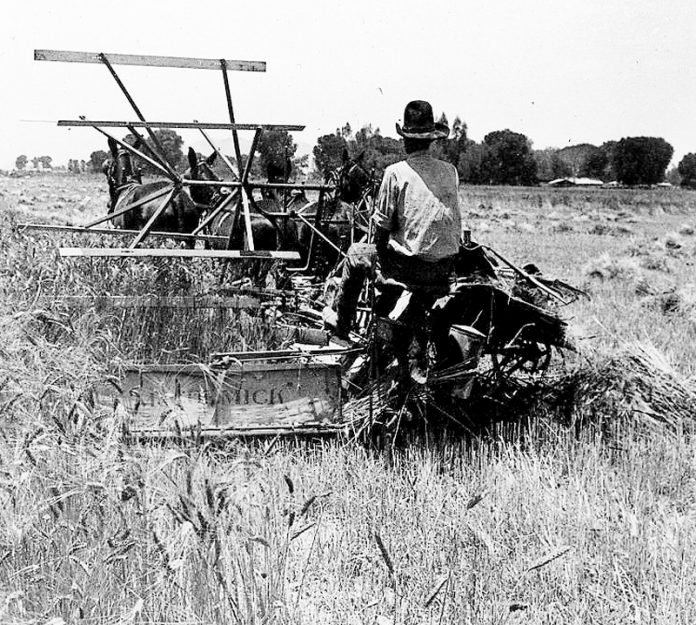Affordable Prices for Crop Reaper Machines in the Agricultural Market
The Rise of Crop Reaper Machines Pricing and Market Trends
In the ever-evolving world of agriculture, technological advancements continuously shape the industry, leading to increased efficiency and productivity. One such innovation is the crop reaper machine, designed to streamline the harvesting process. As demand for food escalates worldwide due to population growth and urbanization, farmers are turning to these machines to enhance their operations. This article delves into the factors influencing the price of crop reaper machines, their market trends, and the benefits they offer to modern agriculture.
Understanding the Crop Reaper Machine
Crop reaper machines, also known as harvesters, are specialized agricultural equipment that cut and gather crops from the fields. They come in various forms, such as manual reapers, self-propelled harvesters, and combine harvesters, each tailored for specific types of crops and farming operations. The primary function of these machines is to reduce the time and labor required for harvesting, allowing farmers to focus on other critical tasks.
Factors Affecting Pricing
1. Type of Machine The price of crop reaper machines varies significantly based on the type and features. Manual reapers may cost a few hundred dollars, while advanced self-propelled harvesters can range from tens of thousands to several hundred thousand dollars. Combine harvesters, known for their versatility in harvesting various crops, often come with a higher price tag due to their advanced technology and multifunctionality.
2. Brand and Manufacturer Established brands with a reputation for durability and efficiency tend to charge a premium. Farmers often prefer brands known for their reliability and customer service, which can drive up the prices due to brand loyalty.
3. Specifications and Technology Advanced features such as GPS navigation, automated controls, and enhanced cutting systems contribute to the overall cost of the machine. Farmers investing in high-tech machines may find the initial cost steep, but the long-term savings in labor and time can justify the expense.
4. Market Demand and Supply The agricultural sector is influenced by supply and demand dynamics. If the demand for crop reaper machines exceeds supply—perhaps due to a surge in crop production or unfavorable weather conditions affecting harvests—prices may rise. Conversely, during periods of oversupply, prices may drop.
crop reaper machine price

5. Geographical Location The price of crop reaper machines can also vary regionally due to factors such as local agricultural practices, the economic status of farmers, and access to financing options. Areas with significant agricultural activities may offer competitive pricing due to market saturation, while rural areas might see higher prices due to limited options.
Current Market Trends
The market for crop reaper machines has witnessed significant growth in recent years. More farmers are adopting mechanized solutions to cope with labor shortages and increasing operational costs. This trend is particularly evident in developing countries, where smallholders are turning to simpler, cost-effective reaper models to enhance harvest efficiency.
Sustainability is also becoming a focal point in agricultural machinery development. Manufacturers are investing in eco-friendly machines with lower fuel consumption and reduced emissions, catering to the growing demand for sustainable farming practices.
Additionally, the COVID-19 pandemic highlighted the fragility of labor supply chains, prompting many farmers to consider automation to mitigate risks. This shift has further propelled the market for crop reaper machines, with innovation at the forefront.
Conclusion
Investing in a crop reaper machine can be a substantial financial commitment for farmers; however, the advantages offered in terms of efficiency, reduced labor costs, and enhanced productivity make it a worthwhile consideration. As technology continues to advance and prices fluctuate based on various factors, farmers must stay informed about market trends and available options to make the best decisions for their operations.
In conclusion, the rise of crop reaper machines marks a significant transformation in the agricultural landscape. By understanding the pricing dynamics and trends, farmers can leverage these machines to meet the growing demands of food production while ensuring sustainability and efficiency in their farming practices.
Latest news
-
When to Upgrade Your Old Forage HarvesterNewsJun.05,2025
-
One Forage Harvester for All Your NeedsNewsJun.05,2025
-
Mastering the Grass Reaper MachineNewsJun.05,2025
-
How Small Farms Make Full Use of Wheat ReaperNewsJun.05,2025
-
Harvesting Wheat the Easy Way: Use a Mini Tractor ReaperNewsJun.05,2025
-
Growing Demand for the Mini Tractor Reaper in AsiaNewsJun.05,2025







